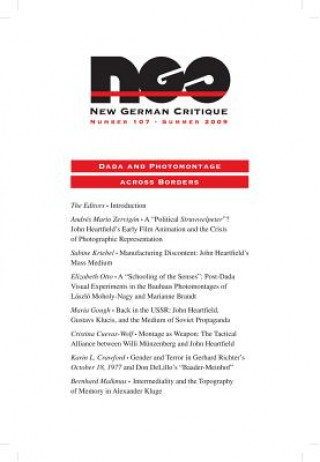
Kod: 04939952
Dada and Photomontage Across Borders
Autor Anson Rabinbach, David Bathrick, Andreas Huyssen
This special issue of "New German Critique" explores the art of Dada and photomontage in transnational contexts. Dadaism, an art movement cultivated during World War I, questioned traditional aesthetics and eventually led to the f ... więcej
- Język:
 Angielski
Angielski - Oprawa: Miękka
- Liczba stron: 254
Wydawca: Duke University Press, 2009
- Więcej informacji o książce

18.23 €
Dostępność:
50 % szansa Otrzymaliśmy informację, że książka może być ponownie dostępna. Na podstawie państwa zamówienia, postaramy się książkę sprowadzić w terminie do 6 tygodni. Gwarancja pełnego zwrotu pieniędzy, jeśli książka nie zostanie zabezpieczona.
Otrzymaliśmy informację, że książka może być ponownie dostępna. Na podstawie państwa zamówienia, postaramy się książkę sprowadzić w terminie do 6 tygodni. Gwarancja pełnego zwrotu pieniędzy, jeśli książka nie zostanie zabezpieczona.Przeszukamy cały świat
Zobacz książki o podobnej tematyce
-

Food: What the Heck Should I Cook?
30.02 € -15 % -

The Grinch's Great Big Flap Book
10.27 € -25 % -

Bloody Monday 1
9.66 € -21 % -

Code of the Warrior
9.76 € -19 % -

Armed Man - A Mass for Peace (Complete)
15.81 € -17 % -

Revolutionary Beauty
71.22 € -4 % -

Nepal-India Water Relationship: Challenges
240.19 €
Podaruj tę książkę jeszcze dziś
- Zamów książkę i wybierz "Wyślij jako prezent".
- Natychmiast wyślemy Ci bon podarunkowy, który możesz przekazać adresatowi prezentu.
- Książka zostanie wysłana do adresata, a Ty o nic nie musisz się martwić.
Powiadomienie o dostępności
Wpisz swój adres e-mail, aby otrzymać od nas powiadomienie,
gdy książka będzie dostępna. Proste, prawda?
Więcej informacji o Dada and Photomontage Across Borders
Za ten zakup dostaniesz 46 punkty
 Opis
Opis
This special issue of "New German Critique" explores the art of Dada and photomontage in transnational contexts. Dadaism, an art movement cultivated during World War I, questioned traditional aesthetics and eventually led to the formation of surrealism. Focusing on Dada's achievements in building a network of artists in Europe and America, this issue examines photomontage as an integral part of the movement, as well as its relationship to mass media, photography, propaganda, constructivism, and left-wing politics in the Soviet Union and western Europe during the 1920s and 1930s. The central figure of the issue is John Heartfield, a Dadaist who influenced much of the art world in Europe after World War I. The collection investigates Heartfield's lesser-known early work with cinema in the service of the German High Command. Believing that photographic cinema was akin to war propaganda, Heartfield rejected live-action war footage in favor of American cinematic animation to promote an honest discussion about the horror and realities of war. One essay explores Heartfield's photomontages while turning to film theory as a way of interpreting the politics of his work, demonstrating how his photomontages retain the organic and traditional nature of photography even as they produce cognitive dissonance and satire. Another essay on Heartfield's role in Soviet discussions of the 1930s offers fascinating insights based on new archival research. The issue also looks at the relationship between Heartfield and the illustrated German magazine Arbeiter-Illustrierte-Zeitung and how that magazine influenced photomontage across Europe. Contributors include Karin L. Crawford, Cristina Cuevas-Wolf, Maria Gough, Sabine Kriebel, Bernhard Malkmus, Elizabeth Otto, and Andres Mario Zervigon. David Bathrick is Jacob Gould Schurman Emeritus Professor of Theatre, Film and Dance and of German Studies at Cornell University. Andreas Huyssen is Villard Professor of German and Comparative Literature at Columbia University. Anson Rabinbach is Professor of History at Princeton University. Bathrick, Huyssen, and Rabinbach are editors of "New German Critique".
 Szczegóły książki
Szczegóły książki
Kategoria Książki po angielsku Society & social sciences Society & culture: general Cultural studies
18.23 €
- Pełny tytuł: Dada and Photomontage Across Borders
- Autor: Anson Rabinbach, David Bathrick, Andreas Huyssen
- Język:
 Angielski
Angielski - Oprawa: Miękka
- Liczba stron: 254
- EAN: 9780822367222
- ID: 04939952
- Wydawca: Duke University Press
- Waga: 431 g
- Wymiary: 226 × 150 × 18 mm
- Data wydania: 17. December 2009
Ulubione w innej kategorii
-

Sapiens
12.18 € -

All About Love
12.69 € -24 % -
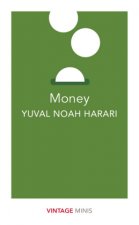
Money
6.24 € -28 % -

How to Invent Everything
28.71 € -18 % -
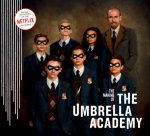
Making of The Umbrella Academy
35.96 € -11 % -

Gilmore Girls: Stars Hollow Light-Up Sign
13.89 € -

Notes on Camp
3.52 € -23 % -
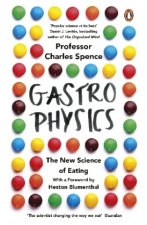
Gastrophysics
11.27 € -28 % -
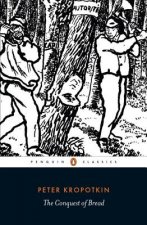
The Conquest of Bread
10.27 € -28 % -

Communion
11.27 € -28 % -

Reality is Broken
12.99 € -22 % -

Space And Place
25.28 € -10 % -

Ideas
19.54 € -26 % -
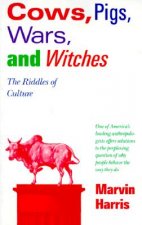
Cows, Pigs, Wars, and Witches
14.70 € -23 % -

Oxford Companion to Italian Food
17.72 € -19 % -

Fashion: A Very Short Introduction
10.57 € -18 % -

Hair
13.39 € -16 % -

Posthuman
19.74 € -6 % -
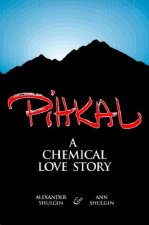
Pihkal
27.70 € -17 % -
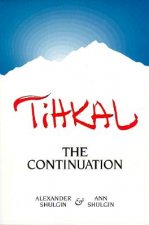
Tihkal
25.99 € -22 % -
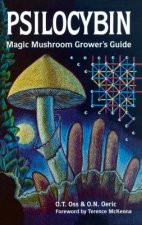
Psilocybin Magic Mushroom Guide
17.02 € -14 % -

Symbol Sourcebook - An Authoritative Guide to International Graphic Symbols
59.03 € -1 % -

Danse Macabre
11.27 € -28 % -
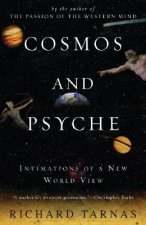
Cosmos and Psyche
18.53 € -19 % -

Berserk: With Darkness Ink
24.88 € -18 % -

Origins and History of Consciousness
21.85 € -15 % -

Self-Made Man
11.58 € -21 % -

Esoteric Hollywood:: Sex, Cults and Symbols in Film
16.31 € -21 % -

How To Fly A Horse
10.87 € -23 % -
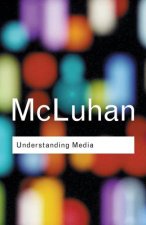
Understanding Media
20.54 € -14 % -

Egregores
13.39 € -25 % -
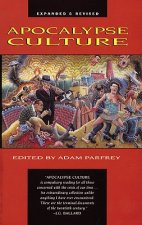
Apocalypse Culture
15 € -6 % -

Godzilla on My Mind
16.92 € -19 % -

Sekiro: The Second Life Of Souls
24.88 € -18 % -

Medieval Costume and How to Recreate it
13.39 € -14 % -

Wabi-Sabi for Artists, Designers, Poets & Philosophers
18.73 € -10 % -

Electric Kool-Aid Acid Test
22.36 € -4 % -
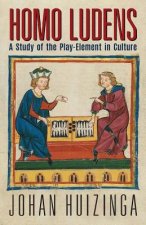
Homo Ludens
12.69 € -

The Tipping Point
11.27 € -28 % -

Ways of Curating
12.18 € -22 % -

Jaws: We're Gonna Need a Bigger Boat
9.36 € -15 % -

Art of Memory
19.23 € -28 % -

Studio 54
72.53 € -23 % -

Coddling of the American Mind
29.61 € -5 % -

Cigars: A Guide
25.18 € -28 % -

Conquest of Bread
11.78 € -3 % -

Pimpology
14.20 € -25 % -
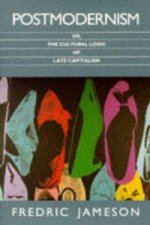
Postmodernism
24.07 € -10 % -

Cannabible Collection
21.25 € -21 %
Osobní odběr Bratislava a 2642 dalších
Copyright ©2008-24 najlacnejsie-knihy.sk Wszelkie prawa zastrzeżonePrywatnieCookies


 Vrácení do měsíce
Vrácení do měsíce Zdarma od 49.99 €
Zdarma od 49.99 € 02/210 210 99 (8-15.30h)
02/210 210 99 (8-15.30h)